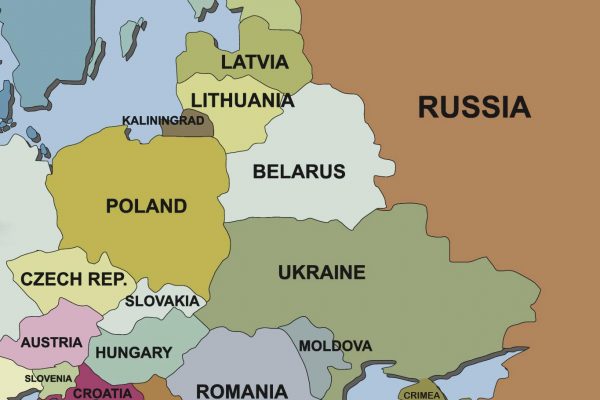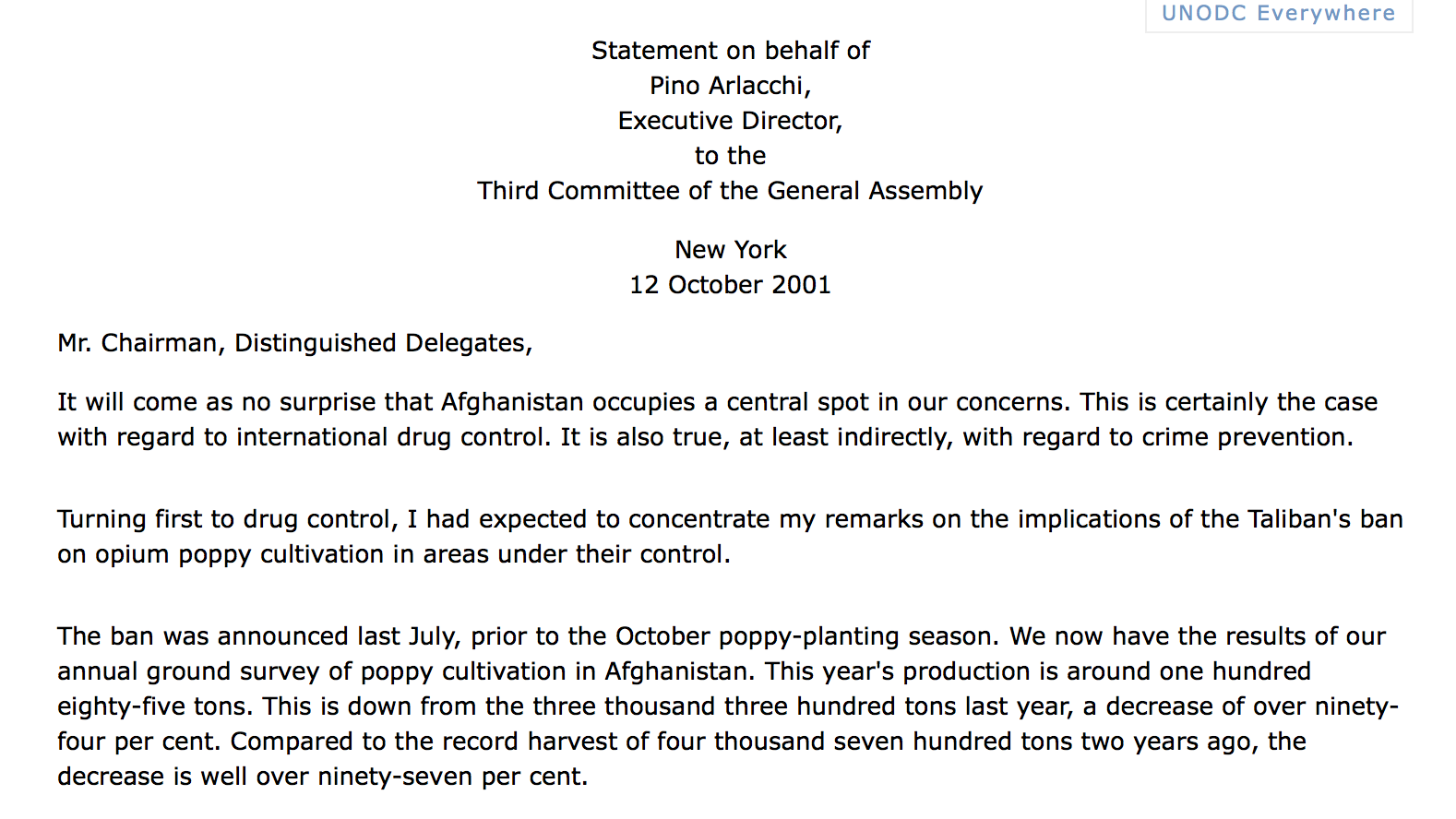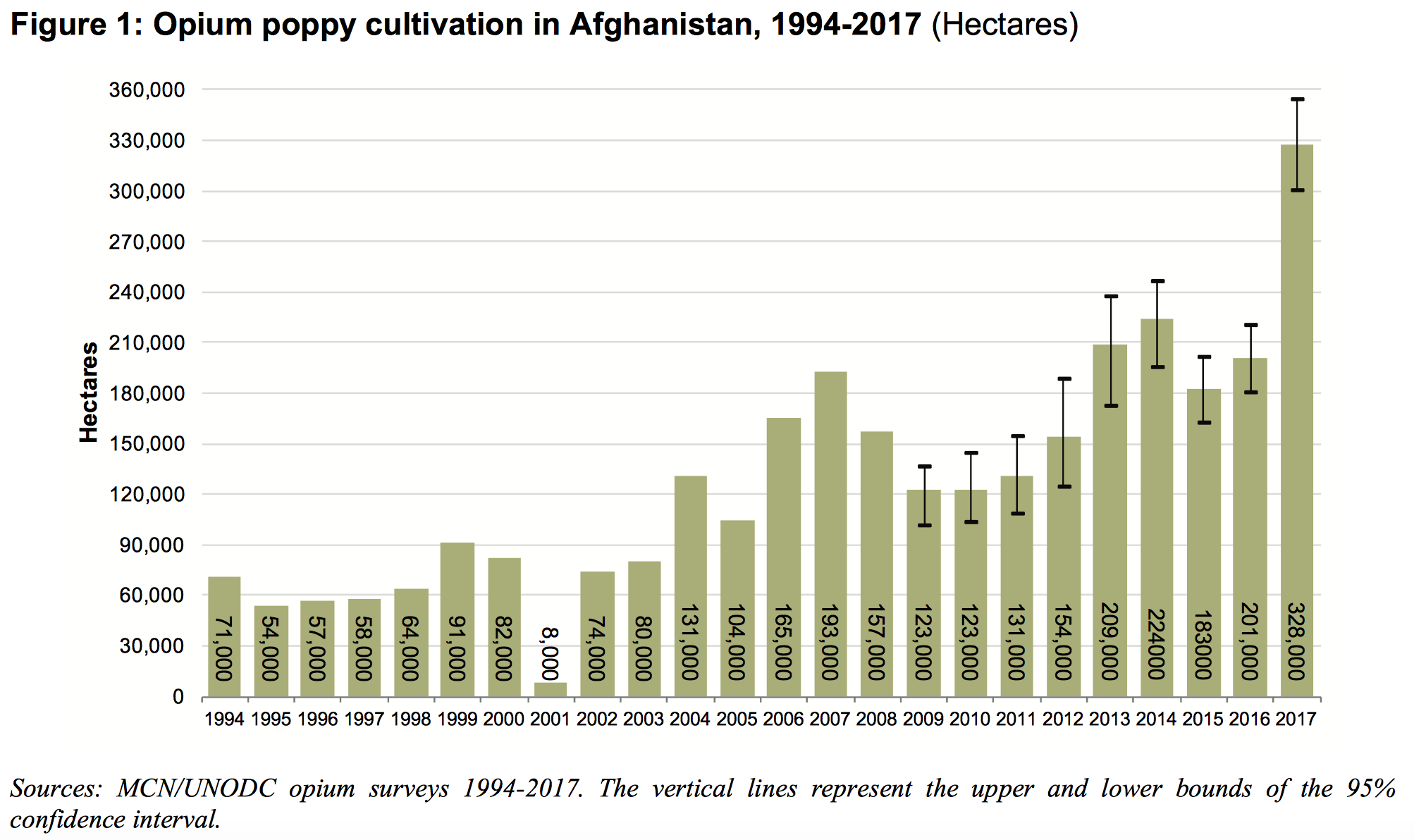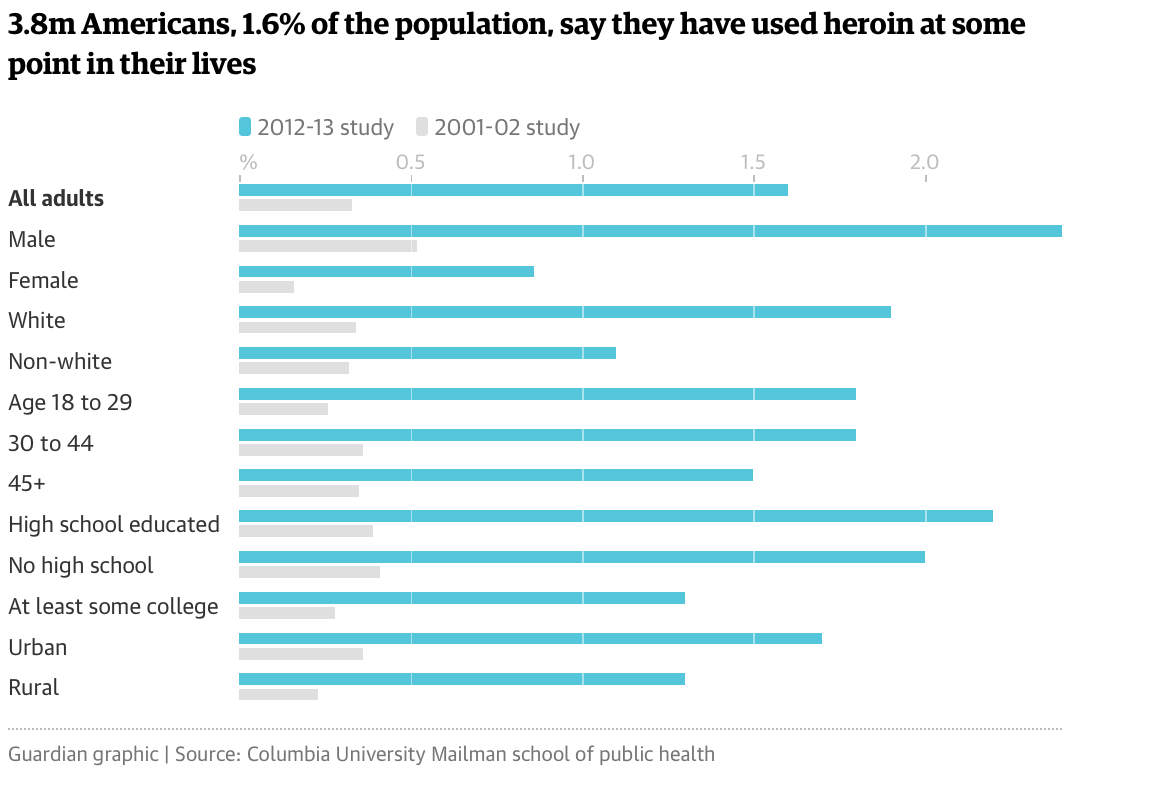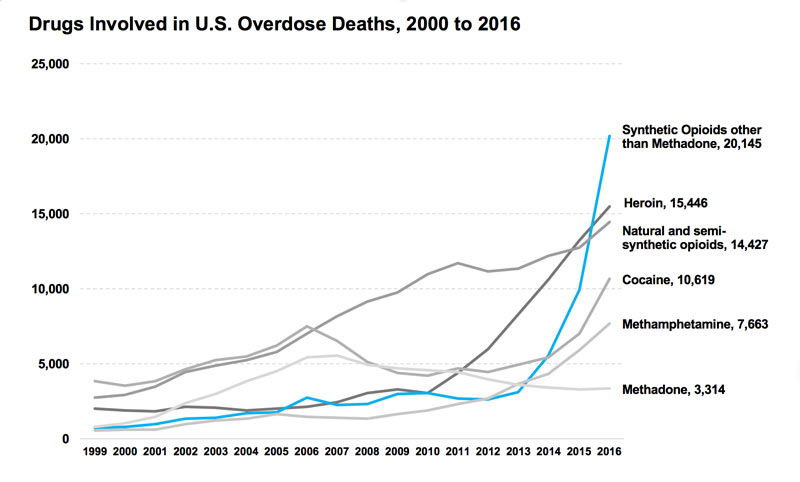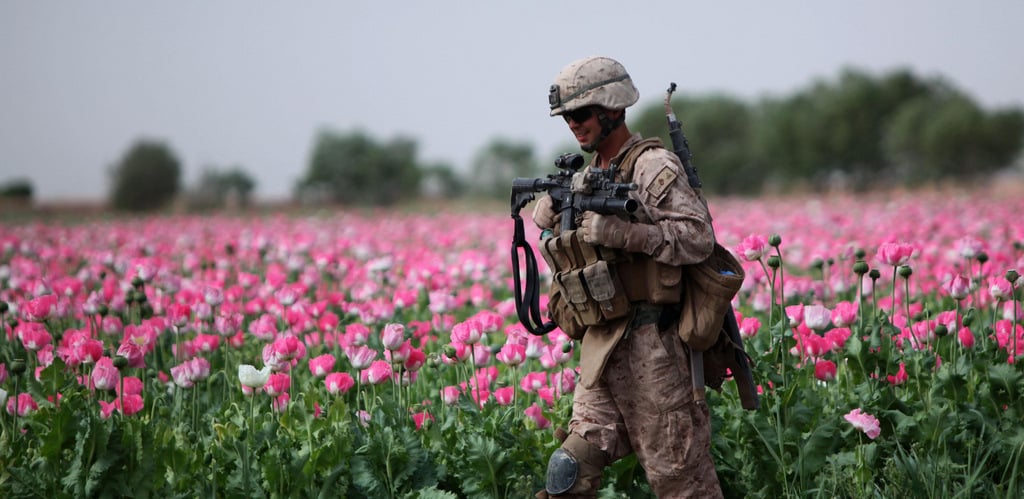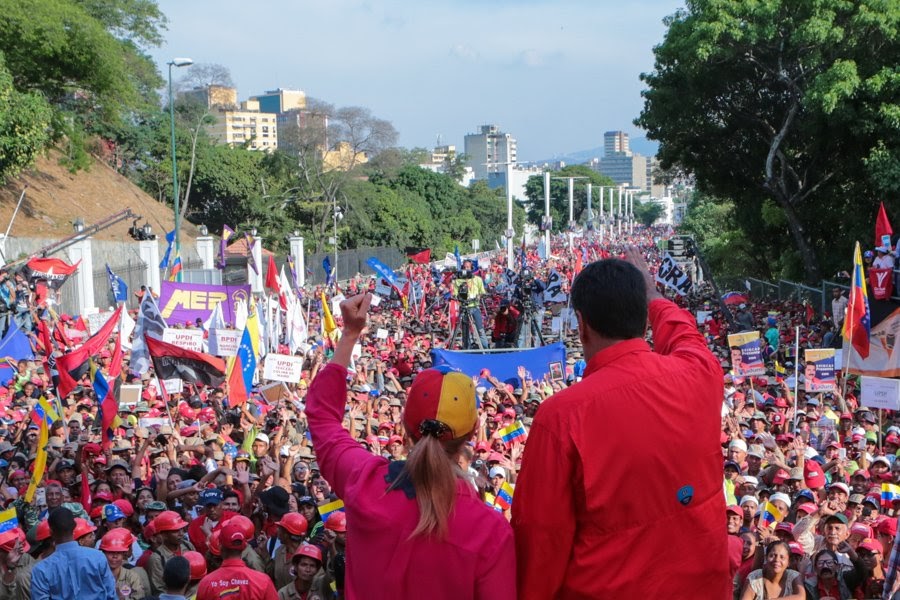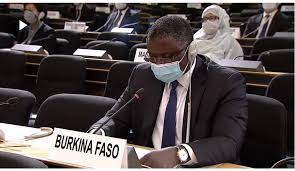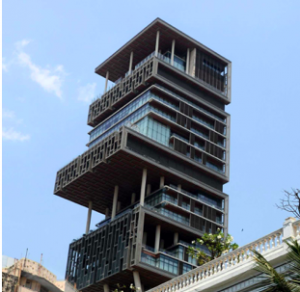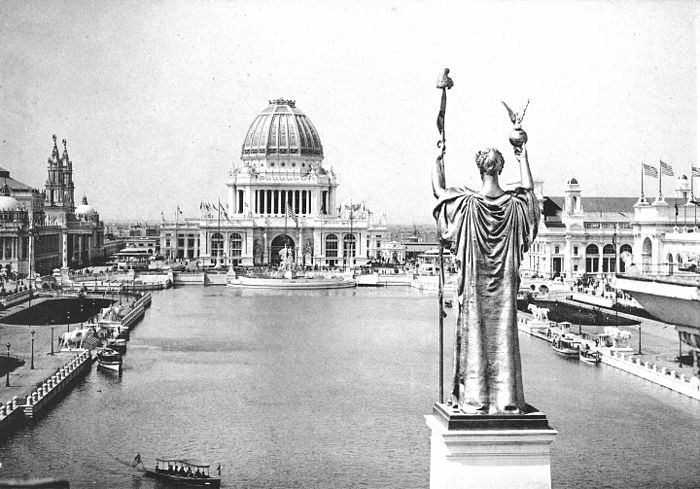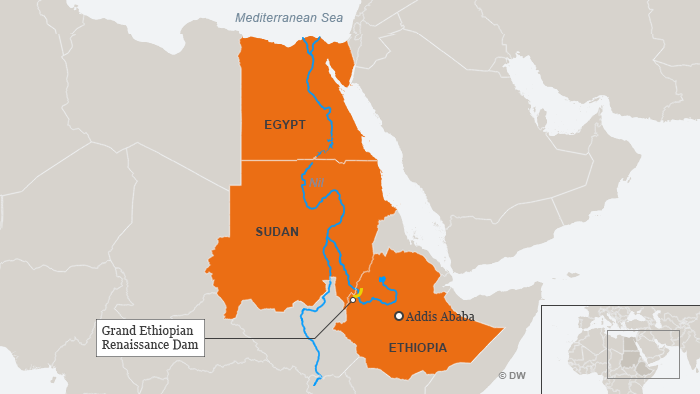“Violence creates many more social problems than it solves…. If they succumb to the temptation of using violence in their struggle, unborn generations will be the recipients of a long and desolate night of bitterness, and our chief legacy to the future will be an endless reign of meaningless chaos. Violence isn’t the way.”—Martin Luther King Jr.
Marches, protests, boycotts, sit-ins: these are nonviolent tactics that work.
Looting, vandalism, the destruction of public property, intimidation tactics aimed at eliminating anything that might cause offense to the establishment: these tactics of mobs and bullies may work in the short term, but they will only give rise to greater injustices in the long term.
George Floyd’s death sparked the flame of outrage over racial injustice and police brutality, but political correctness is creating a raging inferno that threatens to engulf the nation.
In Boston, racial justice activists beheaded a statue of Christopher Columbus. Protesters in Richmond, Va., used ropes to topple that city’s Columbus statue, spray-painted it, set it on fire and tossed it into a lake. Columbus’ crimes against indigenous peoples throughout the Americas are well known.
In San Francisco’s Golden Gate Park, protesters tore down a statue of Francis Scott Key, who penned “The Star-Spangled Banner.” Key was also a slaveholding lawyer who tried to prosecute abolitionists vocally opposing slavery.
Activists who object to Yale University being named after its founder Elihu Yale, a slave trader, are lobbying to re-name the school.
Students at Harvard University want to re-name Mather House, one of the dorms named after Increase Mather, the college president from 1685 to 1692 and a slave owner.
Administrators at Woodrow Wilson High School in Camden, N.J.—named after the nation’s 28th president, who guided the nation through World War I while upholding segregation policies—are now looking for a new name.
In an apparent bid to be more culturally sensitive, Land O’ Lakes has removed from its packaging the image of a Native American princess that had been featured on its products for a hundred years.
The distributors of Aunt Jemima Pancake Syrup, Uncle Ben’s Rice and Mrs. Butterworth’s Syrup have also announced plans to re-brand and re-name their products in an effort to avoid perpetuating racist stereotypes. Cream of Wheat is considering what to do about the smiling black chef that graces its breakfast porridge (his visage has been criticized for being stereotypically subservient).
Not to be outdone, Dreyer’s Ice Cream plans to retire the 99-year-old name for its Eskimo Pie frozen confections on a stick because “Eskimo” has been denounced as a racist nomenclature used by “colonizers to Arctic regions to refer to Inuit and Yupik people.”

Gone with the Wind, the Civil War epic that won 10 Academy Awards and has long been considered one of the greatest films of all times, was temporarily pulled from HBOMax’s streaming service in response to concerns that it depicts “ethnic and racial prejudices” that “were wrong then and are wrong today.”
The University of Georgia’s marching band has removed “Tara’s Theme,” the opening orchestral theme from Gone with the Wind, from its musical repertoire.
What is the end sum of all these actions?
What started as a movement to denounce police brutality in the wake of George Floyd’s death at the hands of killer cops has become a free-for-all campaign to rid the country of any monument, literal or figurative, to anyone who may have at any time in history expressed a racist thought, exhibited racist behavior, or existed within a racist society.
The police state has got us exactly where it wants us: distracted, distraught and divided.
While protesters topple statues of men with racist pasts who are long dead, unarmed Americans continue to be killed by militarized police trained to shoot first and ask questions later.
While activists use their collective might to pressure corporations to rebrand products in a more racially sensitive fashion, the American police state—aided and abetted by the Corporate State—continues to disproportionately target blacks, Hispanics and other minorities.
And while politically correct censorship is attempting to sanitize the public sphere of words and images that denigrate minorities, it is not doing anything to rid hearts and minds of racism.
Muzzling speech, censoring discourse, erasing history: that’s the worst possible antidote.
As Rod Serling, creator of the Twilight Zone, concluded in the “Deaths-Head Revisited” episode:
“All the Dachaus must remain standing. The Dachaus, the Belsens, the Buchenwalds, the Auschwitzes, all of them. They must remain standing because they are a monument to a moment in time when some men decided to turn the earth into a graveyard. Into it, they shoveled all of their reason, their logic, their knowledge, but worst of all, their conscience. And the moment we forget this, the moment we cease to be haunted by its remembrance, then we become the gravediggers.”
In other words, what we need is more speech, more discourse, and a greater understanding of history and the evils perpetrated in the name of conquest, profit and racial supremacy. Because if we bury the mistakes of the past under a sanitized present, if we fail to at least provide context to the past, we risk allowing the government to repeat those past mistakes—rewritten for a new age—and no one will be the wiser.
It has happened already: we have allowed the government strip people of their humanity; to segregate them into polarized classes; to treat them as chattel; to deny them basic human rights; and to reduce them to figures on a ledger sheet.
Censoring speech—toppling monuments—kowtowing to political correctness—is not the answer to what ails this nation.
As long as we focus on words and ignore the systemic injustices that undergird the words, the disease will spread.
As long as we continue to allow the most controversial issues of our day—gay rights, abortion, race, religion, sexuality, political correctness, police brutality, et al.—to serve as battlegrounds for those who claim to believe in freedom of speech but only when it favors the views and positions they support, we will all eventually lose.
Silencing unpopular viewpoints with which the majority might disagree—whether it’s by shouting them down, censoring them, muzzling them, or criminalizing them—only empowers the controllers of the Deep State.
Consider some of the kinds of speech being targeted for censorship or outright elimination.
Offensive, politically incorrect and “unsafe” speech: Disguised as tolerance, civility and love, political correctness has resulted in the chilling of free speech and the demonizing of viewpoints that run counter to the cultural elite. Consequently, college campuses have become hotbeds of student-led censorship, trigger warnings, microaggressions, and “red light” speech policies targeting anything that might cause someone to feel uncomfortable, unsafe or offended.
Bullying, intimidating speech: Warning that “school bullies become tomorrow’s hate crimes defendants,” the Justice Department has led the way in urging schools to curtail bullying, going so far as to classify “teasing” as a form of “bullying,” and “rude” or “hurtful” “text messages” as “cyberbullying.”
Hateful speech: Hate speech—speech that attacks a person or group on the basis of attributes such as gender, ethnic origin, religion, race, disability, or sexual orientation—is the primary candidate for online censorship. Corporate internet giants Google, Twitter and Facebook are in the process of determining what kinds of speech will be permitted online and what will be deleted.
Dangerous, anti-government speech: As part of its ongoing war on “extremism,” the government partnered with the tech industry to establish a task force to counter online “propaganda” by terrorists hoping to recruit support or plan attacks (the program started under President Obama). In this way, anyone who criticizes the government online can be considered an extremist and will have their content reported to government agencies for further investigation or deleted. They might even find themselves pulled from their homes, arrested by the police and thrown into a mental hospital for expressing their opposition to government policies, as happened to Marine Brandon Raub.
The police state could not ask for a better citizenry than one that carries out its own censorship.
It’s a brilliant ploy, with the added bonus that while the citizenry remains focused on and distrustful of each other, they’re incapable of presenting a united front against the threats posed by the government and its cabal of Constitution-destroying agencies and corporate partners.
The antidote to intolerance is more tolerance.
What this requires is opening the door to more speech not less, even if that speech is offensive to some.
Understanding that freedom for those in the unpopular minority constitutes the ultimate tolerance in a free society, James Madison, the author of the Bill of Rights, fought for a First Amendment that protected the “minority” against the majority, ensuring that even in the face of overwhelming pressure, a minority of one—even one who espouses distasteful viewpoints—would still have the right to speak freely, pray freely, assemble freely, challenge the government freely, and broadcast his views in the media freely.
The First Amendment is a steam valve. It allows people to speak their minds, air their grievances and contribute to a larger dialogue that hopefully results in a more just world.
When there is no steam valve—when there is no one to hear what the people have to say—frustration builds, anger grows and people become more volatile and desperate to force a conversation. By bottling up dissent, we have created a pressure cooker of stifled misery and discontent that is now bubbling over and fomenting even more hate, distrust and paranoia among portions of the populace.
By becoming so fearfully polite, careful to avoid offense, and largely unwilling to be labeled intolerant, hateful or closed-minded that we’ve eliminated words, phrases and symbols from public discourse, we have entered into an egotistical, insulated, narcissistic era in which free speech has become regulated speech: to be celebrated when it reflects the values of the majority and tolerated otherwise, unless it moves so far beyond our political, religious and socio-economic comfort zones as to be rendered dangerous and unacceptable.
Protest laws, free speech zones, bubble zones, trespass zones, anti-bullying legislation, zero tolerance policies, hate crime laws and a host of other legalistic maladies dreamed up by politicians and prosecutors (and championed by those who want to suppress speech with which they might disagree) have conspired to corrode our core freedoms, purportedly for our own good.
On paper—at least according to the U.S. Constitution—we are technically free to speak.
In reality, however, we are only as free to speak as a government official—or corporate entities such as Facebook, Google or YouTube—may allow.
The end result: free speech is no longer free, and injustice persists.
So what we can do to end racial inequality, police brutality, and systemic injustice that does not involve sacrificing free speech on the altar of political correctness or adopting violent tactics?
Stop tiptoeing around, easily offended or afraid to cause offense. Stop allowing the government and its architects to micromanage your life and curtail your freedoms. Stop being a pawn in someone else’s game.
Find your own voice. Give voice to your own outrage. Speak truth to power nonviolently. And throughout it all, love your enemies and put that love into action.
That last point, to love your enemies, is the hardest of all, yet it was the principle that Jesus Christ spoke of most often: “Love your enemies, bless them that curse you, do good to them that hate you, and pray for them that despitefully use you.”
This principle was also at the core of Martin Luther King Jr.’s efforts to combat racism and injustice. In fact, King delivered an entire sermon on what it means to love one’s enemies even when they continue to wrong you.
King was not speaking in abstracts. This was a man who, despite having faced down water cannons, police dogs and police brutality, intimidation and prejudice and assassination attempts, still insisted that “mass non-violent resistance based on the principle of love” was his best weapon.
The first step in loving one’s enemies, says King, is to discover the element of good in them. “Within the best of us, there is some evil, and within the worst of us, there is some good. When we come to see this, we take a different attitude toward individuals. The person who hates you most has some good in him; even the nation that hates you most has some good in it; even the race that hates you most has some good in it… There is an element of goodness that he can never slough off. Discover the element of good in your enemy. And as you seek to hate him, find the center of goodness and place your attention there and you will take a new attitude.”
Second, says King, focus on defeating evil systems, rather than vanquishing individuals caught up in an evil system. “Love is greater than like. Love is understanding, redemptive goodwill for all men, so that you love everybody, because God loves them. You refuse to do anything that will defeat an individual, because you have agape [the love of God working in the lives of men] in your soul. And here you come to the point that you love the individual who does the evil deed, while hating the deed that the person does. This is what Jesus means when he says, ‘Love your enemy.’ This is the way to do it. When the opportunity presents itself when you can defeat your enemy, you must not do it.”
Third, says Kings, cut off the chain of hate and the chain of evil in the universe with love. “If I hit you and you hit me and I hit you back and you hit me back and go on, you see, that goes on ad infinitum. It just never ends… And that is the tragedy of hate, that it doesn’t cut it off. It only intensifies the existence of hate and evil in the universe… Men must see that force begets force, hate begets hate, toughness begets toughness. And it is all a descending spiral, ultimately ending in destruction for all and everybody.”
Fourth, says King, hate ends up in tragic, neurotic responses. “Hate at any point is a cancer that gnaws away at the very vital center of your life and your existence. It is like eroding acid that eats away the best and the objective center of your life. So Jesus says love, because hate destroys the hater as well as the hated.” Instead, use love to redeem and transform those who would do you harm.
Lastly, don’t resort to violence.
King’s conclusion to his sermon is a timeless message, sent through time, to our present age. As I make clear in my book Battlefield America: The War on the American People, we are still fighting the triple evils of racism, poverty and militarism. We are still struggling to find our way in the world dominated by corporate greed and political ambition. We are still being manipulated into focusing our anger on flawed individuals rather than working to defeat evil establishments.
Sixty-three years later, King’s words are still relevant:
“Our world is in transition now. Our whole world is facing a revolution. Our nation is facing a revolution. History unfortunately leaves some people oppressed and some people oppressors. And there are … ways that individuals who are oppressed can deal with their oppression. One of them is to rise up against their oppressors with physical violence and corroding hatred. But there is another way. And that is to organize mass non-violent resistance based on the principle of love… This is the only way. And our civilization must discover that. Individuals must discover that as they deal with other individuals… [T]o a power-drunk generation … love is the only way… to a generation depending on nuclear and atomic energy, a generation depending on physical violence…love is the only creative, redemptive, transforming power in the universe…. [T]hrough the power of this love somewhere, men of the most recalcitrant bent will be transformed… because we had the power to love our enemies, to bless those persons that cursed us, to even decide to be good to those persons who hated us, and we even prayed for those persons who despitefully used us.”
*
Note to readers: please click the share buttons above or below. Forward this article to your email lists. Crosspost on your blog site, internet forums. etc.
This article was originally published on The Rutherford Institute.
Constitutional attorney and author John W. Whitehead is founder and president of The Rutherford Institute. His new book Battlefield America: The War on the American People is available at www.amazon.com. Whitehead can be contacted at [email protected].
Featured image is by BruceEmmerling / Pixabay
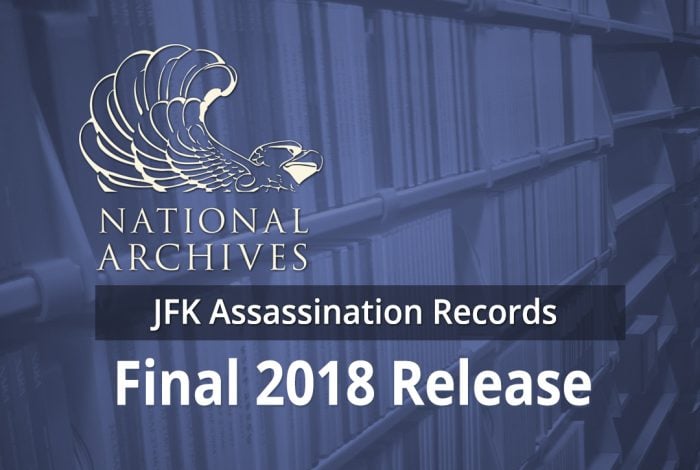 Like many others, I have studied the evidence in the case. After doing that, I concluded that the circumstantial evidence pointing toward a regime-change operation has reached critical mass.
Like many others, I have studied the evidence in the case. After doing that, I concluded that the circumstantial evidence pointing toward a regime-change operation has reached critical mass. 
 was an intelligence agent for the U.S. deep state. Now, that thesis undoubtedly shocks people who have always believed in the lone-nut theory of the assassination. They just cannot imagine that Oswald could have really been working for the U.S. government at the time of the assassination.
was an intelligence agent for the U.S. deep state. Now, that thesis undoubtedly shocks people who have always believed in the lone-nut theory of the assassination. They just cannot imagine that Oswald could have really been working for the U.S. government at the time of the assassination.
